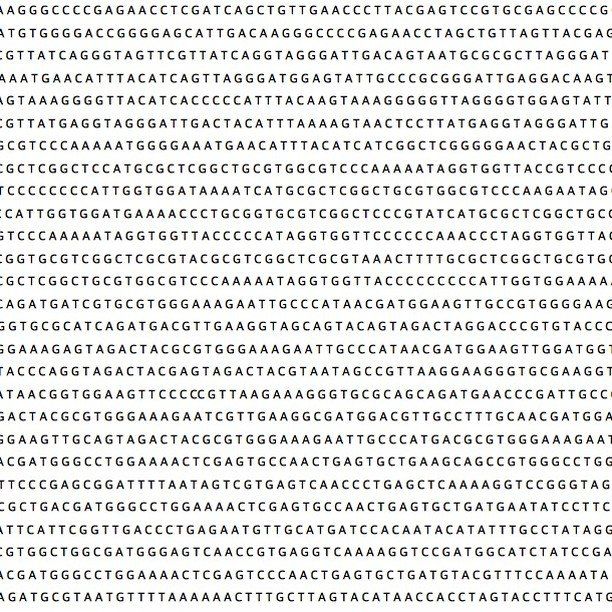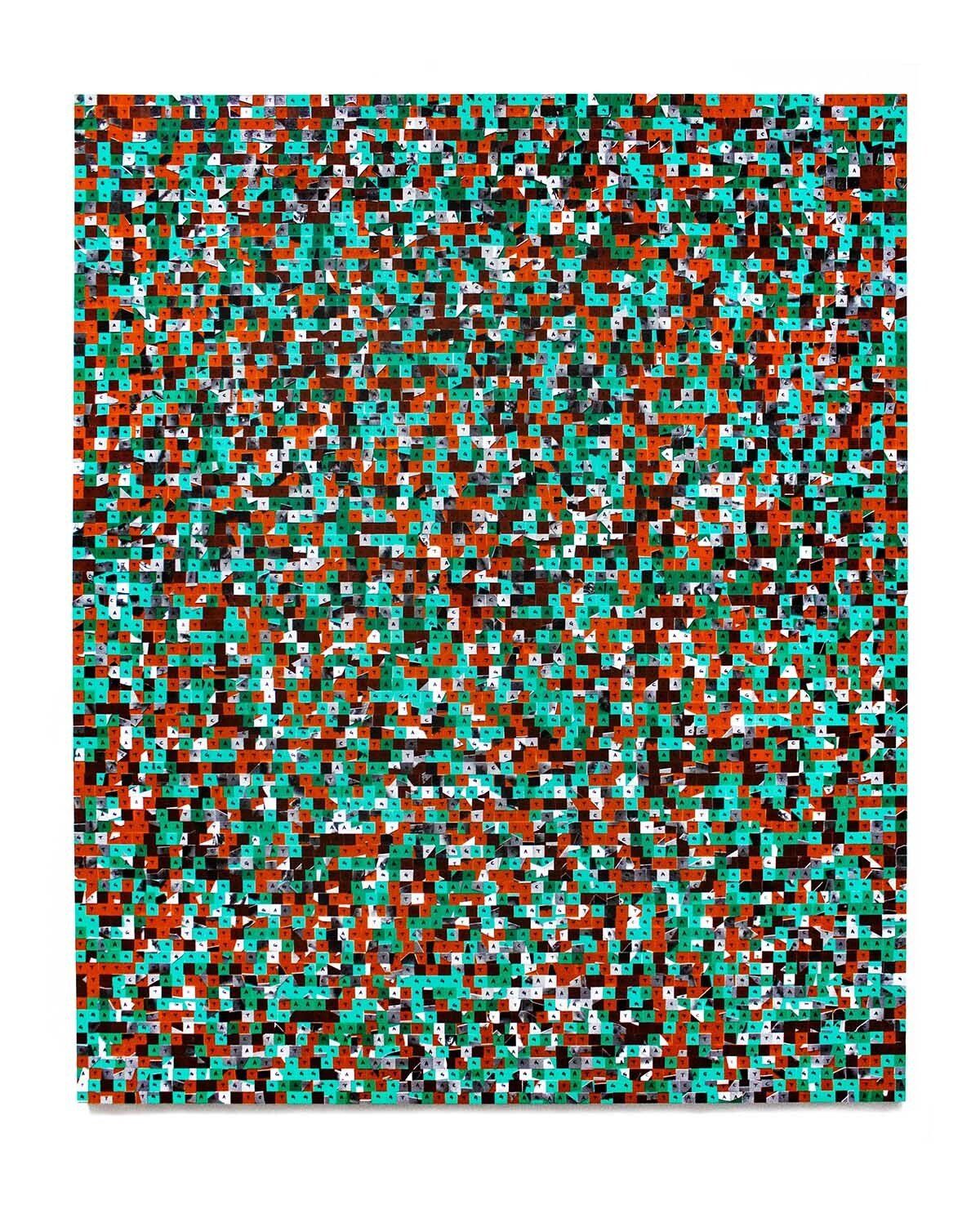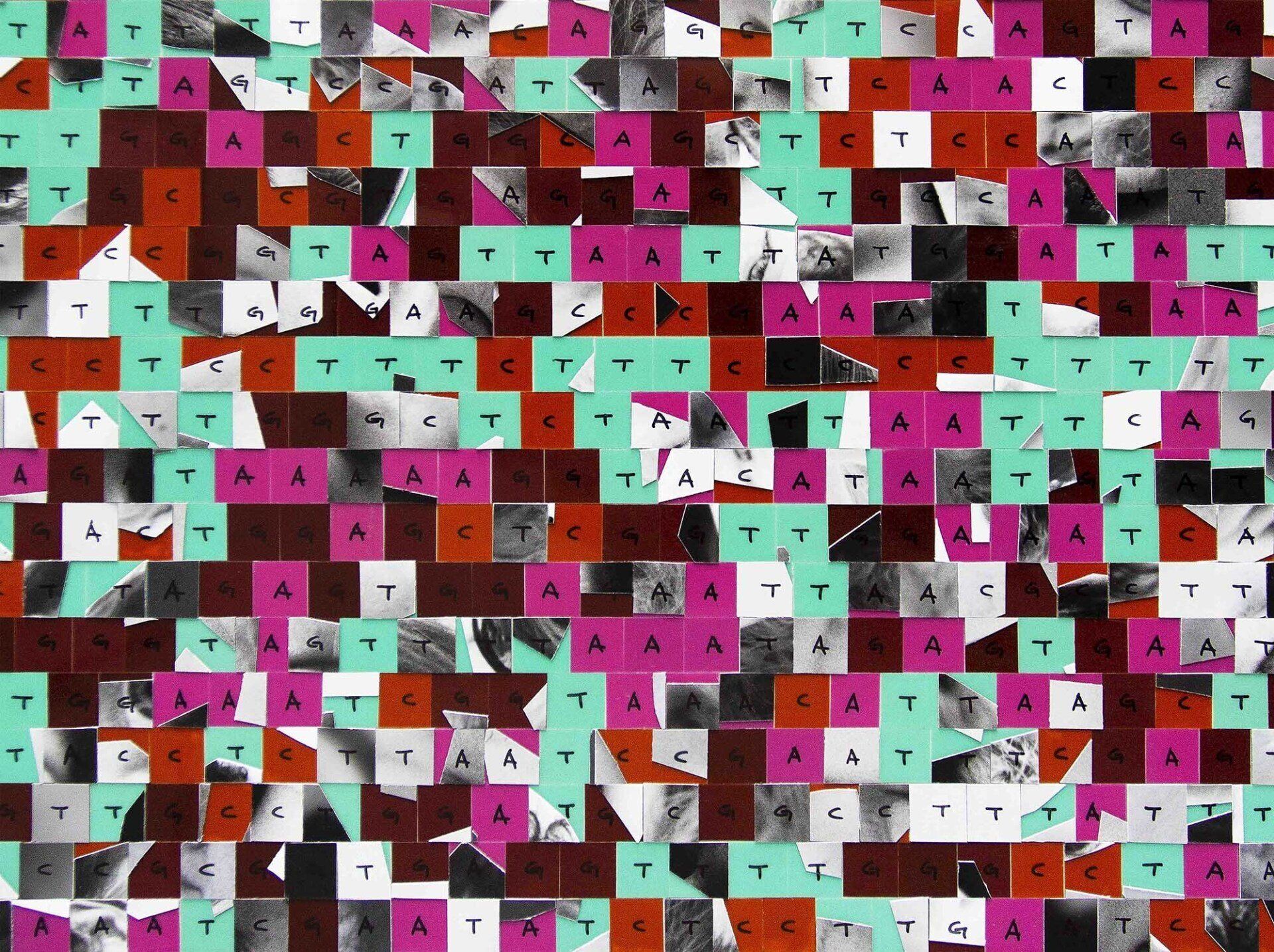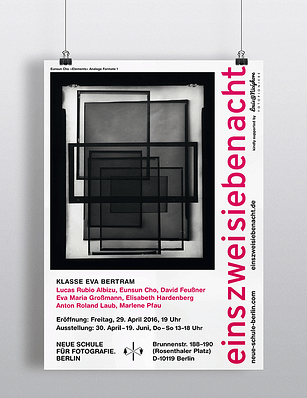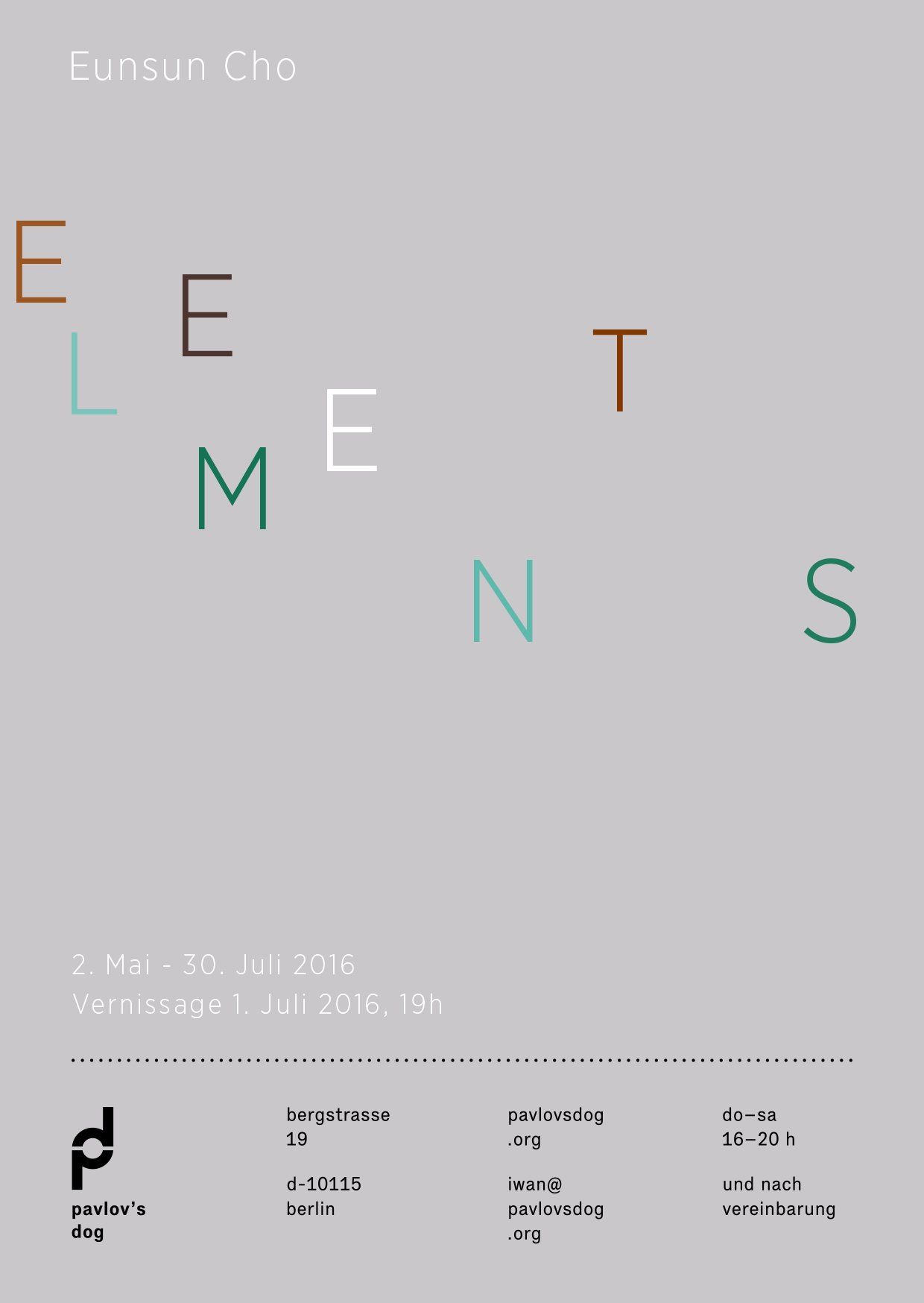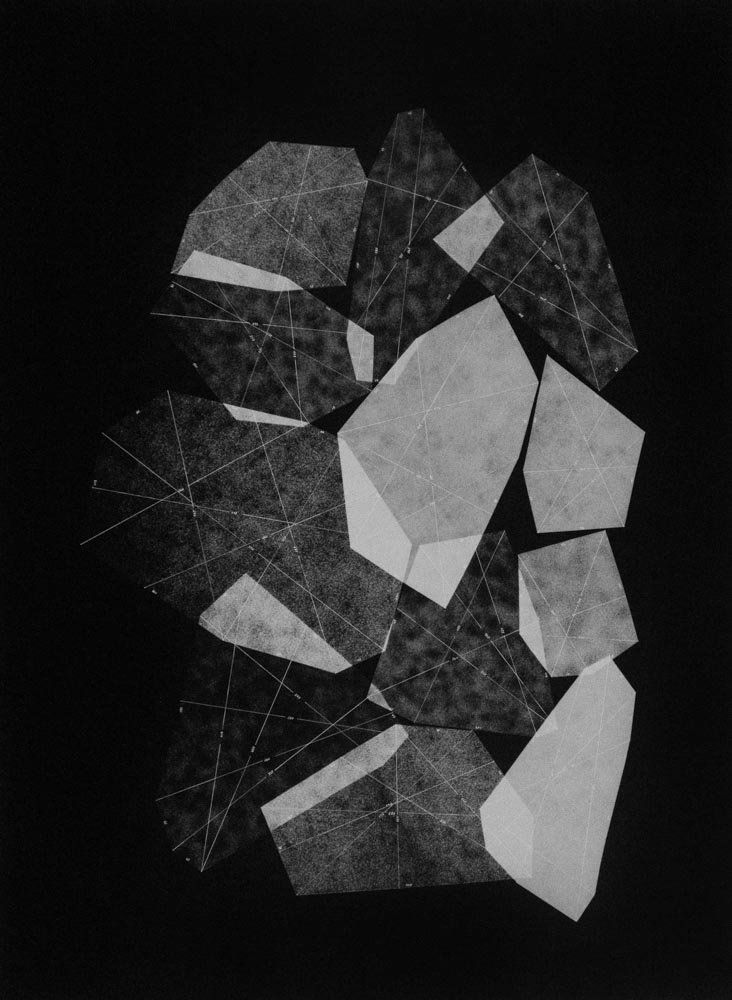AGCT for Human 8, 2020 © 2020-2021 Eun Sun Cho
Black/White Baryta paper with black pen on the unprocessed intermediate negative colour film on the white film faced birch plywood, 70x85 cm, Unique
AGCT for Human 6, 2019 © 2019-2021 Eun Sun Cho
Black/White Baryta paper with black pen on the unprocessed intermediate negative colour film on the white film faced birch plywood, 70x85 cm, Unique
AGCT for Human 5, 2019 © 2019-2021 Eun Sun Cho
Black/White Baryta paper with black pen on the unprocessed intermediate negative colour film on the white film faced birch plywood, 70x85 cm, Unique
AGCT for Human 3, 2017 © 2017-2021 Eun Sun Cho
Black/White Baryta paper with black pen on the unprocessed intermediate negative colour film on the white film faced birch plywood, 70x85 cm, Unique
AGCT for Human 4, 2018 © 2018-2021 Eun Sun Cho
Black/White Baryta paper with black pen on the unprocessed intermediate negative colour film on the white film faced birch plywood, 70x85 cm, Unique
AGCT for Human 2, 2015 © 2015-2021 Eun Sun Cho
Black/White Baryta paper with black pen on the unprocessed intermediate negative colour film on the white film faced birch plywood, 70x85 cm, Unique
AGCT for Human 1, 2018 © 2018-2021 Eun Sun Cho
Black/White Baryta paper with black pen on the unprocessed intermediate negative colour film on the white film faced birch plywood, 70x85 cm, Unique
AGCT for Human 9, 2020 © 2020-2021 Eun Sun Cho
Black/White Baryta paper with black pen on the unprocessed intermediate negative colour film on the white film faced birch plywood, 70x85 cm, Unique
AGCT for Human 7, 2020 © 2020-2021 Eun Sun Cho
Black/White Baryta paper with black pen on the unprocessed intermediate negative colour film on the white film faced birch plywood, 70x85 cm, Unique
Detail of AGCT for Human 7, 2020 © 2020-2021 Eun Sun Cho
ButtonTEXT >
-
AGCT FOR HUMAN(2015-2021) BY EUN SUN CHO
What is the most emblematic about life is that it exists as the form of a body. Besides most casual meaning, the term body is also used as celestial sphere, a unit, the text, even in mathematics as an algebraic structure(„Körper“, „body“ in German) in which four operations can be performed in a certain way. In any case, the term embodies the concretization of the structure over which spans with its multifaceted laws.
To support the structure, it should have a particular framework which suspends the system. Integument of the body manifests the perceptible existence that it is often presented in the form of „Image“ which integrates overall information involved in the structure. Images of the body used in „AGCT for human“ are collections of various portraits and miscellaneous candid photographs dissecting into small pieces so that they do not convey any clues of the identity of the person being photographed, but a glimpse of segmentalized photographic body. Taking into account of the etymology of „Film“ which used to mean „skin, membrane“ in old English and Proto-Germanic until the development of the coating of chemical gel on celluloid in the 19th Century, the intermediate products produced by Agfa/Orwo film factory are used in order to underline the materiality of analogue film in respect to the actuality of body. Usage of birch wood as the foundation has also referred to the development of film because a typical formulation of celluloid contains circa 80 per cent of nitrocellulose which is made of wood and others. It is a signpost of the photographic body that combines the virtuality of body in the image, the externality of film and the substantiality of wood.
For overviewing the dynamic mechanism of body, it is indispensable to decipher the codification. Code is lurking blueprint which converts information into shortened representation for effective convey and storage of data. Four different film bases made of the patented coupler by AGFA/ORWO are intended to correspond to four body-data bases. Both bases stand for the development and the function of the organism. In analogue colour photography, an image results from the combinations made out of colour couplers(yellow, magenta and cyan couplers). Whereas in biology the permutation groups of nucleobases(adenine[A], guanine[G], cytosine[C], thymine[T]) carry genetic instructions, for which „AGCT“ in the title of this project stands.
„AGCT for human“ is, in the end, an assemblage of bodies that explores the photographic representation which brackets various materiality and photographic virtuality. Furthermore, hints of the relation between biological code and concealed mechanism in colour photography show that real body and virtual body are not only connected in representation but also algebraically they are linked, which opens the possibility of reconstructing the bodies anew.
ㅡ
-
ÜBER DAS WERK BY LOT1, 2021
(ORIGINALLY IN GERMAN)
Chos Werk erinnert an ein Mosaik. Ein Mosaik aus glatt geschliffenen Fliesen. Tatsächlich nutzt Cho hier aber weitaus ausgefallenere Materialien: Jedes einzelne Teil besteht aus Zwischenprodukten, die bei der Herstellung von Farbfilmen entstanden sind.
Diese wohl einzigartigen Produkten erhielt Eun Sun Cho vom Industrie- und Filmmuseum Wolfen, das sie in Bitterfeld besuchte. Durch diese Schenkung wurde sie erst zum Werk inspiriert und mischte die bunten Zwischenprodukte mit eigenen schwarz-weiß Porträts von Freunden, Bekannten und gänzlich Fremden, die sie auf ihren vielen Reisen durch Europa, Jordanien, Israel, Russland und durch weitere Länder fotografierte.
Der AGCT-Reihe vorgeschaltet ist eine Codierung: AGCT, GCAT, TCGA und so weiter. Alle möglichen Kombinationen hat Cho auf Papier gebracht. Dabei gilt: A = Adenin, G = Guanin, C = Cytosin und T = Thymin. Die Begriffe stammen aus der Biologie, was wiederum den Hang der Künstlerin zu den Naturwissenschaften unterstreicht, der sich in ihren Fotografien, Installationen und Zeichnungen immer wieder zeigt.
Die angesprochene Codierung hat Cho dann in jedem einzelnen Werk der Reihe AGCT for Human ganz individuell umgesetzt. Im vorliegenden Werk ist das „T“ beispielsweise immer den türkisenen Flächen zugeordnet. In einer anderen Nummer der Serie ist das „T“ auf die Farbe Pink codiert.
Zu den bunten „Steinchen“ gesellen sich verstreut immer wieder kleine Schnipsel der besagten schwarz-weiß Porträts. Die Künstlerin hat hier ausschließlich die Teile der Porträts gewählt, die nur Haut zeigen. So sieht die Betrachterin mal eine kleine aber vollständige Nase, mal nur eine undefinierbare Fläche, die Bein, Arm oder Bauch sein könnte.
Das Werk besticht visuell durch seine Farben, durch den Glanz, die Details und die filigrane Kleinteiligkeit. Inhaltlich ist AGCT for Human eine ausgefeilte, komplexe Werkserie, die sowohl biologische als auch mathematische Aspekte nutzt.
(TRANSLATED IN ENGLISH)
Cho's work is reminiscent of a mosaic. A mosaic made of smoothly sanded tiles. In fact, Cho uses far more unusual materials here: Each part consists of intermediate products created during the production of color films.
Eun Sun Cho received these probably unique products from the Wolfen Industry and Film Museum, which she visited Bitterfeld. Through this donation, she was inspired for the work and mixed the colorful intermediate products with her own black and white portraits of friends, acquaintances, and strangers, which she photographed on her many trips through Europe, Jordan, Israel, and Russia and other countries.
The AGCT series is preceded by a coding: AGCT, GCAT, TCGA and so on. Cho has put all possible combinations on paper. The following applies: A = adenine, G = guanine, C = cytosine and T = thymine. The terms come from biology, which underlines the artist's penchant for the natural sciences, which is shown repeatedly in her photographs, installations, and drawings.
Cho then implemented the aforementioned coding in each work in the AGCT for Human series. For example, in the present work, the "T" is always assigned to the turquoise areas. In another number in the series, the "T" is coded for the color pink.
Small snippets of the black-and-white portraits mentioned are scattered around the colorful "stones". The artist has only chosen the parts of the portraits that only show skin. Sometimes the viewer sees a small but complete nose, sometimes just an indefinable surface that could be a leg, arm or stomach.
The work impresses visually with its colors, sheen, details and filigree detail. In terms of content, AGCT for Human is a sophisticated, complex series of pieces that use both biological and mathematical aspects.
From lot1.de
EXHIBITION >
PUBLICATION >
PRESENTATION >

